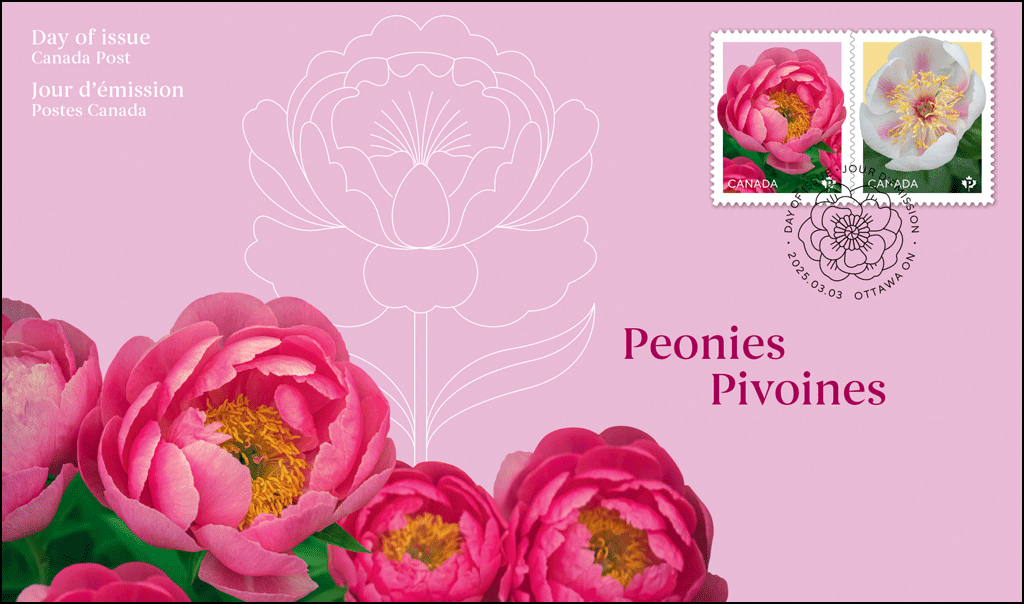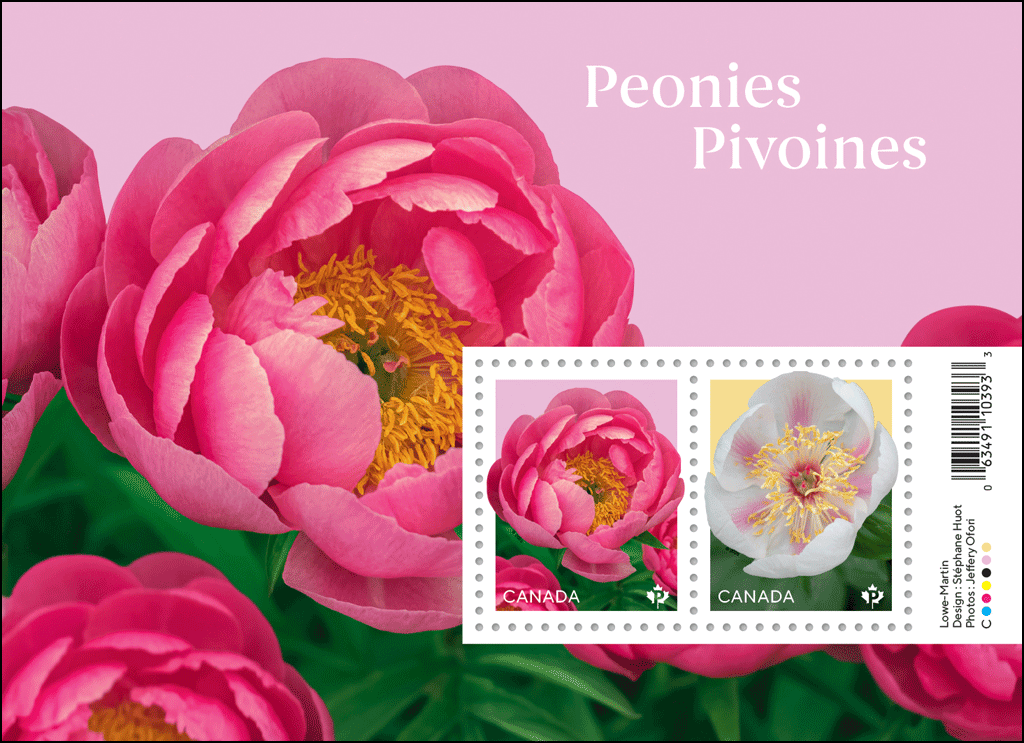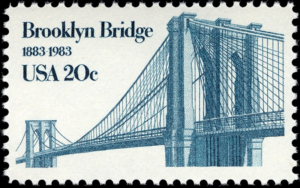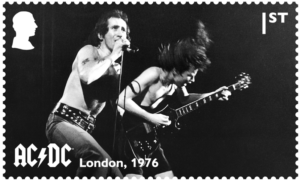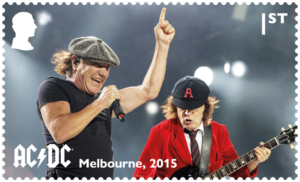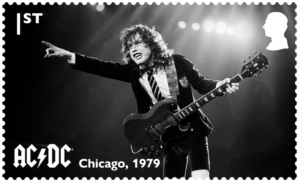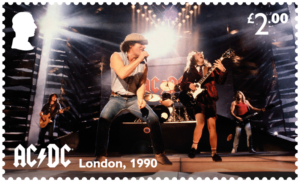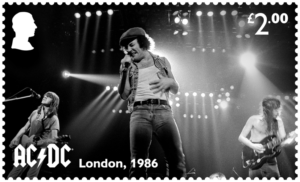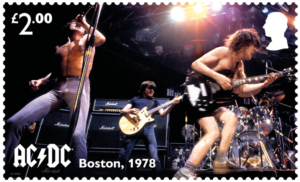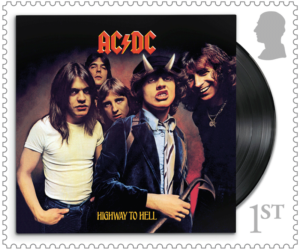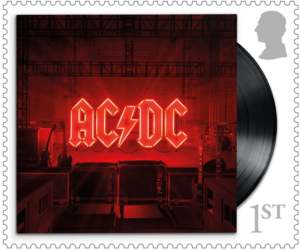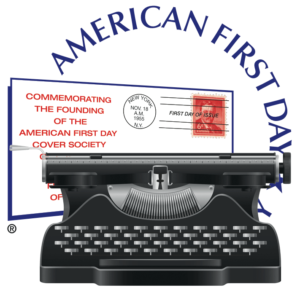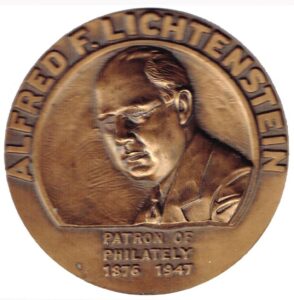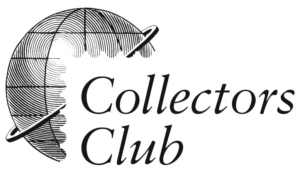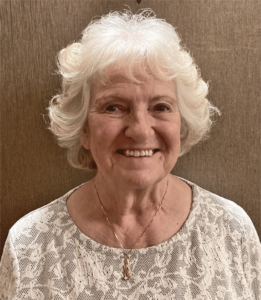[press release] [click on any of the pictures for larger versions]
U.S. Postal Service Announces Additional 2025 Stamps
WASHINGTON — The U.S. Postal Service Thursday, March 6, announced stamps celebrating the 250th anniversaries of the U.S. Army, U.S. Navy and U.S. Marine Corps, a stamp previewing the 2026 World Stamp Show in Boston and a stamp honoring writer William F. Buckley Jr. There will be additional stamps in the 2025 stamps program announced in the near future. These designs are preliminary and may change.
 U.S. Army 250th
U.S. Army 250th
This stamp celebrates the 250th anniversary of the U.S. Army. Established by the Continental Congress in 1775, the Army is now a global force with a clear purpose: to fight and win America’s wars. Featuring the military service mark of the U.S. Army against a white background, the stamp was designed by Antonio Alcalá, an art director for the USPS.
 U.S. Navy 250th
U.S. Navy 250th
First established during the Revolutionary War as the American colonies fought for independence, the U.S. Navy is now at the forefront of cutting-edge technology that safeguards the maritime interests of the United States, ensuring economic prosperity and the freedom of the seas. Featuring the emblem of the Navy against a white background, this stamp celebrates the U.S. Navy’s 250th anniversary. Antonio Alcalá, an art director for USPS, designed the stamp.
 U.S. Marine Corps 250th
U.S. Marine Corps 250th
The familiar symbolism of a Marine Corps emblem appears on this stamp to celebrate the 250th anniversary of the U.S. Marine Corps. First established during the Revolutionary War as the American colonies fought for independence, the Marine Corps is respected worldwide as an elite fighting force, prepared to face any challenge and prevail in the conflicts of the 21st century. Antonio Alcalá, an art director for USPS, designed the stamp.
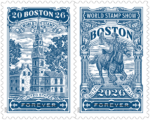 Boston 2026 Stamp Show
Boston 2026 Stamp Show
For one week in May 2026, the world capital of stamp collecting will be Boston, host of the Boston 2026 World Expo, the 12th international philatelic exhibition of the United States. To build anticipation and commemorate this confluence of art, history and international goodwill, two intaglio-printed stamps will highlight the special role of Boston in the American Revolution as we prepare to celebrate the nation’s 250th anniversary. Greg Breeding, an art director for USPS, designed these stamps with digital illustrations by Dan Gretta featuring the Old North Church and a “midnight rider” on horseback in Colonial garb.
William F. Buckley, Jr.
 One of the most influential public intellectuals in modern U.S. history, William F. Buckley Jr. (1925–2008) defined the conservative movement of the mid-20th century and was one of its most recognizable spokesmen. Author of more than 50 books, Buckley foundedNational Review, one of the nation’s leading conservative publications, and hosted the Emmy Award–winning public affairs television program Firing Line for more than 30 years. Original art by Dale Stephanos features a portrait of Buckley, created by hand with graphite and charcoal on hot-press watercolor paper, then refined digitally. Greg Breeding, an art director for USPS, designed the stamp.
One of the most influential public intellectuals in modern U.S. history, William F. Buckley Jr. (1925–2008) defined the conservative movement of the mid-20th century and was one of its most recognizable spokesmen. Author of more than 50 books, Buckley foundedNational Review, one of the nation’s leading conservative publications, and hosted the Emmy Award–winning public affairs television program Firing Line for more than 30 years. Original art by Dale Stephanos features a portrait of Buckley, created by hand with graphite and charcoal on hot-press watercolor paper, then refined digitally. Greg Breeding, an art director for USPS, designed the stamp.

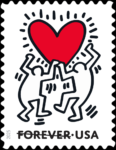
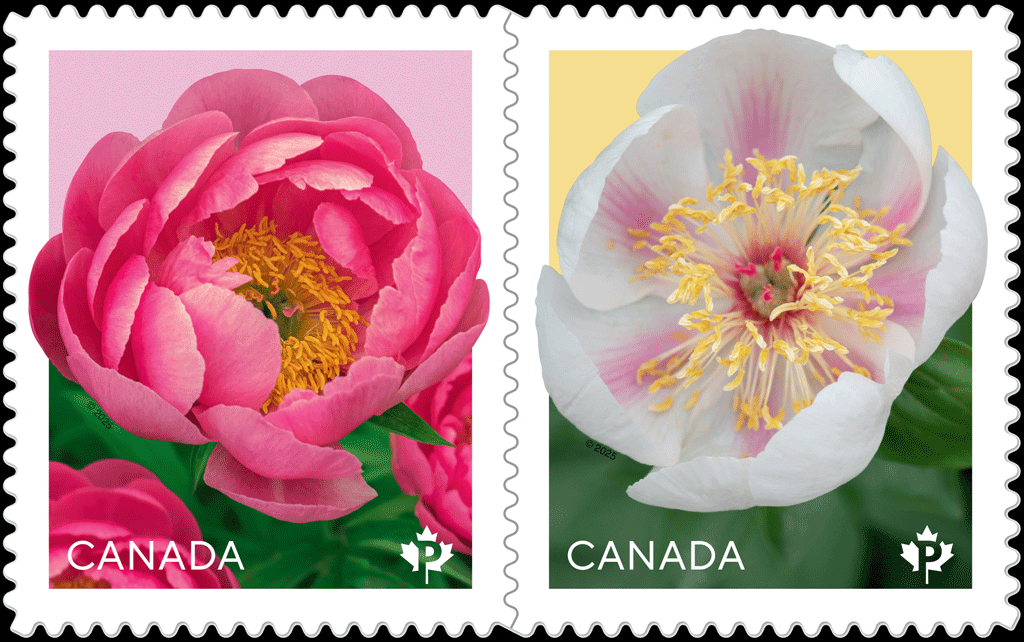
 Named after the Greek goddess of love, ‘Cytherea’ is a cherry rose “semi-double” – meaning that it has two or more rows of petals. ‘Marie-Victorin’ is a symmetrical, globe-shaped flower composed of a single row of rounded, pale pink petals with purple-pink flares. It was named after the founder of the Montréal Botanical Garden.
Named after the Greek goddess of love, ‘Cytherea’ is a cherry rose “semi-double” – meaning that it has two or more rows of petals. ‘Marie-Victorin’ is a symmetrical, globe-shaped flower composed of a single row of rounded, pale pink petals with purple-pink flares. It was named after the founder of the Montréal Botanical Garden.